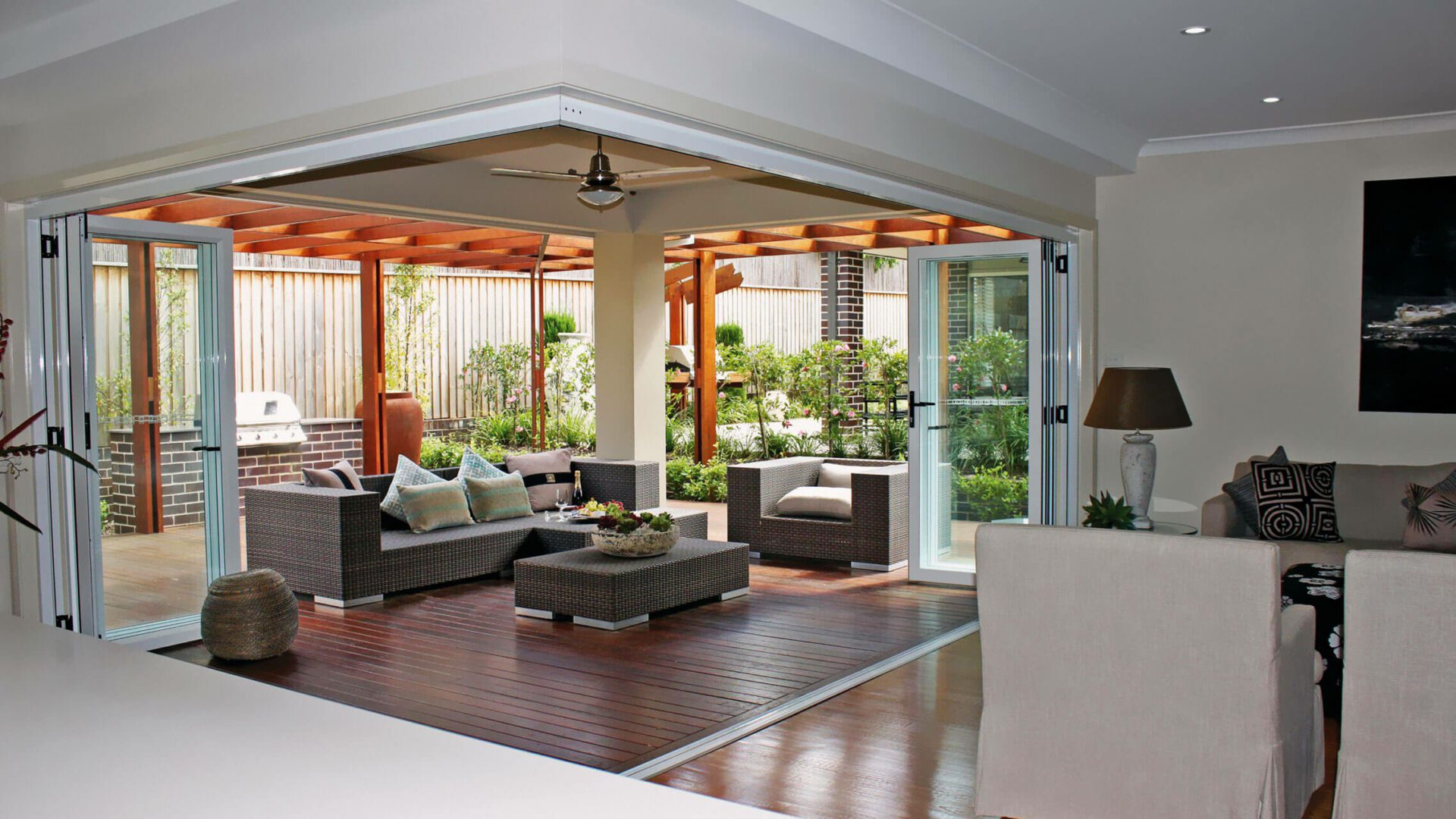Safety Glass
Safety glass refers to any type of glass which has been treated in a way which reduces the risk of injury occuring if the glass is broken. The highest grade of safety glass is Grade A Safety glass.
Sash
A sash refers to the frame of the window which holds the pane of glass in place. This frame is placed inside the window frame that’s attached to the wall. Sash can also describe the part of the window which actually opens and closes.
Semi-Commercial (Signature)
Betaview’s semi-commercial (or signature) range refers to a premium range of commercial-grade aluminium windows and doors, which are designed specifically for residential application. Signature range is available direct to builders and architects for their projects.
Side Lite (or side light)
A sidelite refers to a small, narrow piece of glass which is fixed, and is often placed next to an operating window or door. Sidelites can be used for aesthetic purposes, or for letting more light into the home.
Sill
A sill refers to the bottom horizontal beam of a window frame, which supports the rest of the window. Sills can be the same width as the rest of the window frame, or can protrude outwards slightly in order to create a flat surface to place objects on, or if wide enough, to create a seating space (such as in bay windows).
Single Glazing
Single glazing refers to a pane which is simply made up of one sheet of glass. Single glazed glass is ideal for areas of the home which do not need any insulation, such as internal doors, shower screens, in kitchens or in balustrades.
Sliding Window
A sliding window is made up of one fixed pane of glass, and one moving pane which slides open horizontally over the fixed pane. Sliding windows are ideal if you don’t want any extruding glass window panes to take up any room inside or outside your home.
Solar Gain Heat Co-efficient (SHGC)
Solar Heat Gain Coefficient (SHGC) refers to how much solar radiation enters into a room through a window, and is represented as a number from 0 to 1. The lower the SHGC of a window, the less sunlight it allows into a room, and the more energy efficient it is.
Sump Sill
A sump sill is a specially designed window sill which allows water to drain to the outside of the building. It’s most often used in areas where extra water resistance and protection is needed.
Transom
A transom is a horizontal beam which separates a door or window from the lite (fixed window pane) above it. Transoms are used to add support when you want to add another pane of glass above a door to allow more light into the room, or for purely aesthetic reasons.
Triple lock – Security door
A triple lock is a type of security lock which secures a door shut in three points when the key is turned, rather than just one. It provides an extra layer of security, as it is harder to tamper with and force open than single locks.
U-Value
U value describes the ability of a material to insulate against heat loss and heat gain between inside and outdoor areas of the home. The lower the U value, the less heat that surface allows heat to pass through. Whereas SHGC refers only to heat produced by the sun, U value refers to temperature from all sources (including the sun). Windows with a lower U value will also keep rooms warmer when the weather is cool, as they allow less heat to escape from inside a room.
Uni-bolt (bifold and french doors).
A uni-bolt is a type of handle used on bi-fold doors and windows to latch and lock the panels in place. This is not used on the main door, which instead has a regular handle positioned for easy access.






